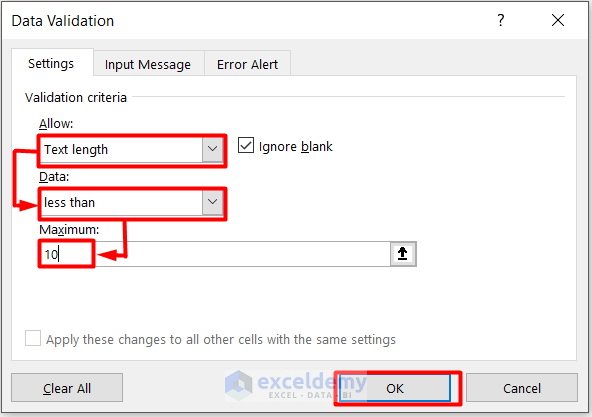Excel Sheet Limit: How Many Can You Add?

If you're deep into the world of spreadsheets, chances are you've bumped into Excel at some point. Microsoft's powerhouse for data analysis, Excel is synonymous with organizing, manipulating, and analyzing data. Whether you're compiling sales figures, managing inventory, or tracking personal finances, one question that might arise is, "How many sheets can I add to an Excel workbook?" This seemingly simple query opens up several layers of understanding about Excel's capabilities and limitations.
What is an Excel Workbook?

Before we dive into the specifics of how many sheets one can add to an Excel workbook, it’s worth clarifying what a workbook is. A workbook in Excel is the file you work with, containing one or more spreadsheets or sheets. Think of it as a book where each page (sheet) holds a separate collection of data. This structure allows users to organize related information into tabs for easy navigation and analysis.
The Default Limit on Sheets

When you first open an Excel workbook, it might come with a default number of sheets, typically three. This setup is primarily for convenience, giving you a blank canvas to start working on immediately. However, Excel doesn’t cap your creativity there. Here’s where the limit on sheets comes into play:
- Excel 2003 and Earlier: Excel 2003 and its predecessors allowed for a maximum of 255 sheets.
- Excel 2007 and Later: Starting with Excel 2007, Microsoft made significant improvements, raising this limit to a whopping 1,048,576 sheets per workbook. This increase reflects Excel’s evolution towards handling larger datasets with ease.
How to Add Sheets

Adding sheets to an Excel workbook is straightforward:
- Right-click on any existing sheet tab and select ‘Insert’ to add a new sheet, or use the plus sign (+) at the bottom of the Excel window.
- You can also go to the ‘Home’ tab, navigate to the ‘Cells’ group, and click ‘Insert’ > ‘Insert Sheet’.
This functionality ensures you’re not limited by the default setup. But remember, each sheet added consumes some memory and potentially impacts performance, depending on your system’s specifications.
Notes on Sheet Limits

👆 Note: While Excel can theoretically handle over a million sheets, practical limits might apply due to system capabilities.
🧠 Note: Performance issues might arise as you approach the upper limit, especially if the sheets contain complex data or formulas.
Optimal Usage of Multiple Sheets

Excel’s ability to manage multiple sheets isn’t just about quantity; it’s about efficiency and organization. Here are some tips for optimizing multiple sheets:
- Naming Sheets: Give your sheets meaningful names for easier navigation.
- Color Coding: Use tab colors to categorize or highlight different types of data.
- Grouping: Group sheets together to apply operations or formatting changes to multiple sheets at once.
Conclusion

The capacity of Excel to handle a significant number of sheets underscores its flexibility as a data management tool. From its default setup to the ability to create over a million sheets, Excel caters to a wide array of data analysis needs. Understanding these limits and how to effectively utilize them can greatly enhance your productivity, allowing you to manage complex projects with ease.
Can Excel handle sheets with different structures?

+
Absolutely! Each sheet within an Excel workbook can have an entirely different layout or data structure. This versatility is one of Excel’s strengths, allowing you to analyze different sets of data or structure your information in various ways within the same file.
What if I need more sheets than the limit?

+
If you require more sheets than what’s possible in a single workbook, consider splitting your data into multiple Excel files. Alternatively, for extensive data, you might look into database solutions like SQL Server, which can handle large volumes of data more efficiently.
Does adding many sheets slow down Excel?

+
Yes, while Excel can technically accommodate over a million sheets, the practicality of this depends on your hardware. Large numbers of sheets, especially those containing complex formulas or large datasets, can slow down Excel’s performance.



